Nuclear power plants of Russia
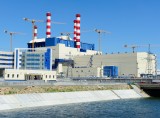 Ten nuclear power plants operate in Russia. On which thirty-four power units are installed. Their total capacity is 25 GW.
Ten nuclear power plants operate in Russia. On which thirty-four power units are installed. Their total capacity is 25 GW.
Among them there are sixteen types of VVER with various modifications, eleven RBMK, four EGP and one fast neutron technology BN.
The share of nuclear power plants in the total electricity production in the country is slightly less than one fifth. The European part of Russia is supplied with electricity from nuclear power plants for a third. Rosenergoatom is the second largest energy company in Europe; only the French company EDF generates more power.
Operating nuclear power plants in Russia (in brackets - the year of commissioning):
-
Beloyar NPP (1964) — Zarechen, Sverdlovsk region;
-
Novovoronezh NPP (1964) — Voronezh Region, Novovoronezh;
-
Kola NPP (1973) — Murmansk Region, Polar Dawns;
-
Leningrad NPP (1973) — Leningrad Region, Sosnov Bor;
-
Bilibino NPP (1974) — Bilibino, Chukotka Autonomous District;
-
Kursk NPP (1976) — Kursk region, Kurchatov;
-
Smolensk NPP (1982) — Smolensk region, Desnogorsk;
-
NPP "Kaliniskaya" (1984) — Tver region, Udomlya;
-
Balakovo NPP (1985) — Saratov, Balakovo;
-
Rostov NPP (2001) — Rostov Region, Volgodonsk.
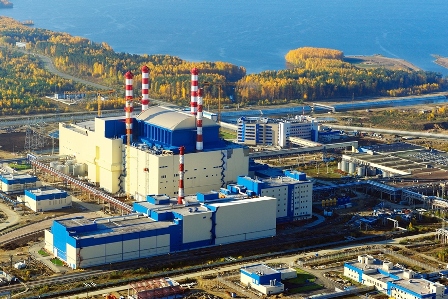
History and development on the example of Beloyarsk NPP
The Beloyar NPP is both one of the oldest nuclear power plants in Russia and one of the most modern in the world. It is unique in many ways. He develops technical and technological solutions, which later find application in other nuclear power plants, both in the Russian Federation and abroad.
At the beginning of 1954, the Soviet Union decided to use atomic energy not only for military purposes, but also for peaceful purposes. This was not only a propaganda step, but also aimed at the further development of the country's post-war economy. In 1955, scientists from the USSR, led by I. V. Kurchatov, were already working on the creation of a nuclear power plant in the Urals, which would use a water-graphite reactor. The working fluid is water that is heated directly in the hot zone of the reactor. A typical turbine can thus be used.
The construction of the Beloyarsk NPP began in 1957, although the official date for the start of construction was 1958. It was just that the nuclear topic itself was closed, and the construction was officially considered the Beloyarskaya GRES construction site. By 1959, the construction of the station building had already begun, several residential buildings and a workshop for the production of pipelines for the future station were built.
By the end of the year, the installers were working on the construction site, they had to install the equipment. The work started in full capacity the next year — 1960. Such work was not yet mastered, much had to be understood right in the process.
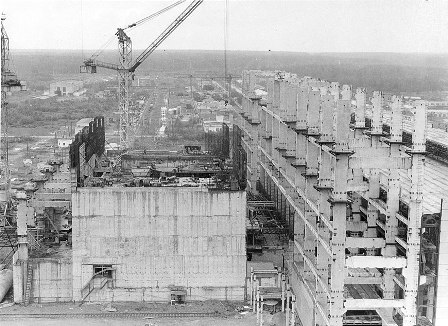
The technology of installing stainless steel pipelines, lining nuclear waste storage facilities, installing the reactor itself, all this was done on such a scale for the first time. We had to use the previous experience gained in the construction of thermal power plants. But the installers managed to cope with the difficulties in time.
In 1964, the Beloyarsk NPP produced the first electricity. Together with the launch of the first power unit of the Voronezh NPP, this event marks the birth of nuclear energy in the USSR. The reactor showed good results, but the cost of electricity was significantly higher than that of a thermal power plant. Because of the small capacity of 100 MW. But in those days it was also a success because a new branch of industry was born.
The construction of the second block of the Beloyarskaya station was continued almost immediately. This was not a mere repetition of what had already passed. The reactor was greatly improved and its power increased. It was assembled in a short time, and the experience gained by the builders and installers was affected. At the end of 1967-68, the second power unit was commissioned. Its main advantage was the supply of steam with high parameters directly to the turbine.
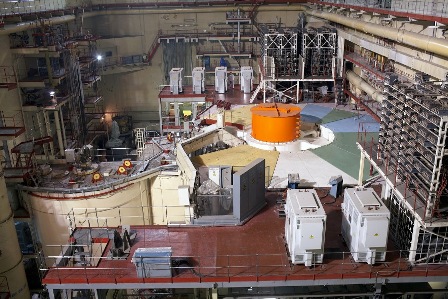
In the late 1960s, it was decided to install a third power unit working on a new technology — fast neutrons. A similar experimental reactor has already worked at the Shevchenko NPP. A new reactor with a higher power was created for the Beloyarsk NPP. Its uniqueness was that almost all the equipment and heat exchangers were housed in one housing. And in 1980, the fast neutron reactor began to work, the generator gave the first current.
This unit is the largest in the world operating with fast neutrons. But it is not the most powerful.The creators of the Beloyarsk station did not strive for records. Since its creation, it has been a training ground for the development of new progressive technical solutions and their testing in practice.
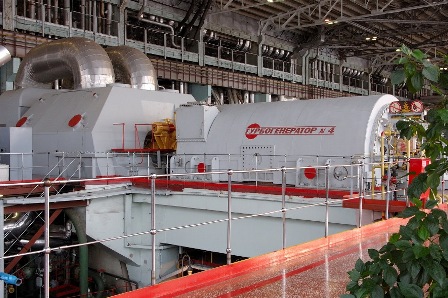
The advanced technology, due to years of underfunding, did not receive further development. Only in the last decade has the industry again received an impetus for development, including the financial one. The developments made in the creation of a power unit with a fast neutron reactor are used by Russian designers of a new generation of reactors. Since there is practically no high pressure in their body, they can be made of ductile steel without fear of cracking.
The multi-circuit ensures that the coolant, radioactive sodium, cannot pass from one circuit to another. The safety of fast reactors is very high. They are the safest in the world.
The experience of the Beloyarsk NPP is invaluable to reactor designers in all countries that are building and operating their own nuclear power plants.
